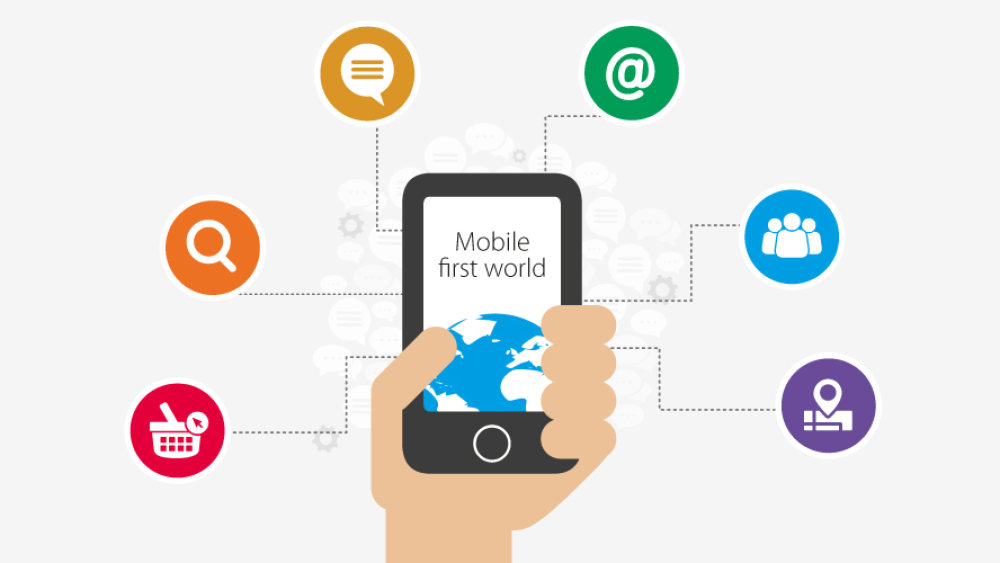The future of mobile and connected marketing: challenges and opportunities for brands
13 May 2014

Smartphone and tablets have led to significant changes in media use. From communications to content and shopping, people are connecting and engaging across every media and marketing platform, which is creating confusion and opportunities for brands on how best to engage with customers.
Add to that a proliferation of connected and wearable devices and there are big opportunities and challenges for marketers. From best practice to data and privacy, how can marketers approach these challenges and create new, meaningful engagement in these channels?
This is the first in a series of three Q&A blogs where Mark Brill and Jason Cross will talk about what brands need to do to add value to and enhance the customer experience.
In this first instalment I look at how mobile has transformed the way people consume content, shop, connect and engage with brands.
What are the key trends in mobile right now?
We’re living in a ‘mobile-first’ world, where consumers connect with brands from their smartphones or tablets and every piece of media communication can be activated through mobile and, as such, everything becomes a digital medium.
Search is the most likely starting point when consumers want to connect with a brand on their phones. Convenience and speed are the overriding factors driving use, as 77% of mobile search happens in a location where a PC is available and 45% of all mobile searches are goal-oriented and conducted to help make a decision. This rises to 64% when the user is in-store.
Mobile is also a major tool for content creation – from photos to micro-blogging, it has led to more user-generated engagement than ever before.
How will this ‘mobile-first’ world affect marketing?
As an always there, always-on device, mobile cuts across the whole user experience. Consumers search for brand information on their device or find store locations. They may choose to make a purchase on their mobile or use it in a retail outlet to compare prices or check user reviews.
So brands and marketers need to stop thinking in terms of channel or technology silos and create a relevant experience that sits in a user journey.
How should brands be talking to customers in the mobile space?
Because mobile is such a personal and private space, it allows brands to develop meaningful one-to-one conversations with customers and move away from push marketing.
Brands should enable the customer to make their purchase decision as it’s likely that buyers will be halfway through the decision making process as thanks to the instantaneous access they have to independent information online.
Ultimately though, users create their own channels. You only have to look at the unintended organic growth of SMS, Instagram, or WhatsApp to see that they are not brand driven. So rather than pushing customers to their channels, they need to engage on their users’ terms. Brands also need to be sensitive about the way they capture and use data (Jason Cross will be discussing data in more detail in the final blog in this series).
What are the opportunities and challenges for brands?
Mobile users are on the move and therefore less focused than they are when using a desktop computer, so functions such as log-ins, registrations and forms need to be simplified. Being ‘mobile ready’ is no longer a nice-to-have for brands but an essential part of their marketing strategy.
As we see a greater proliferation of smartphones and new devices, brands need to understand how this will impact on their marketing activities. In tomorrow’s blog Mark Brill, our DMA Mobile & Connected Marketing Council Chair, will look at the new generation of interfaces and connected or wearable devices through the Internet of Things.
By DMA guest blogger Gilbert Hill, Managing Director, Governor Technology Ltd and DMA Mobile & Connected Marketing Council member

1.png)


Please login to comment.
Comments